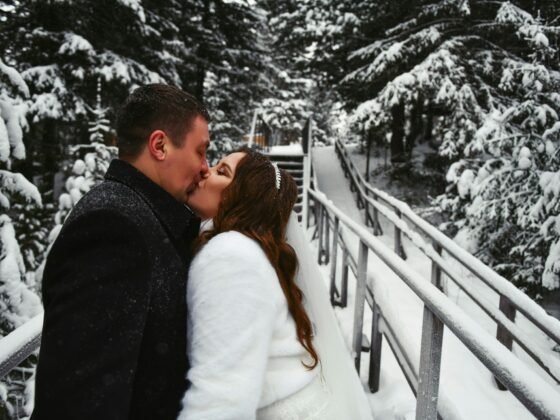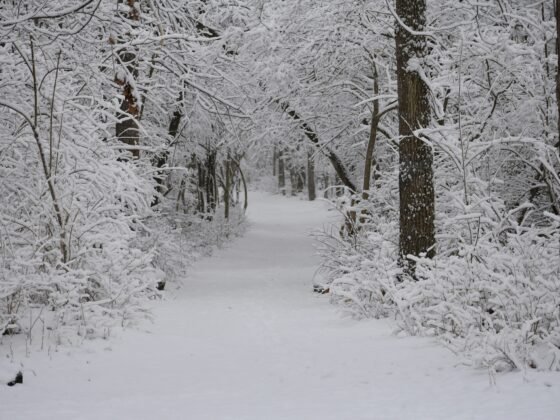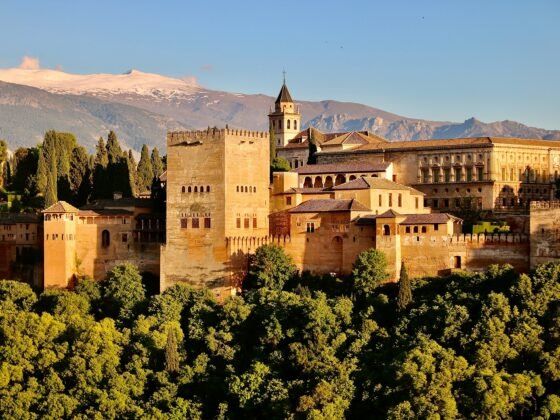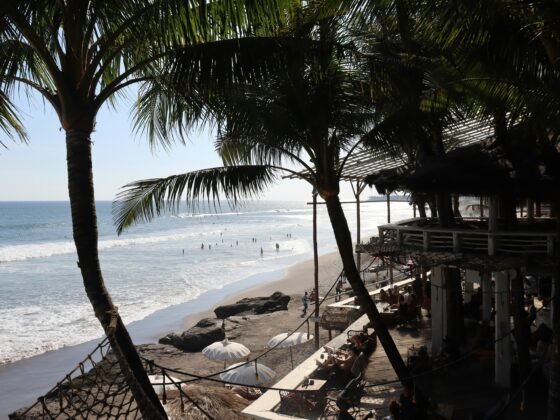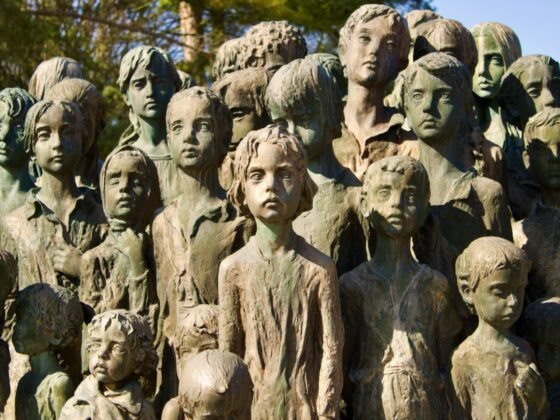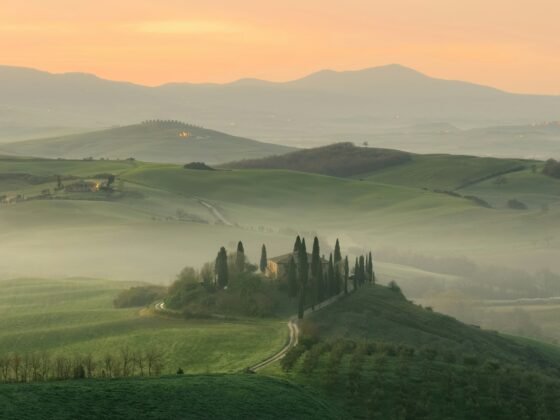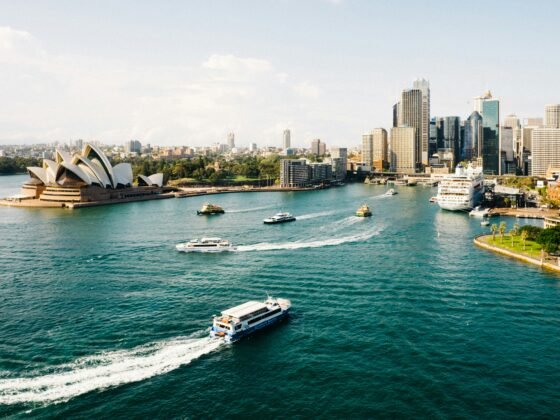Prepare to fall in love with the sheer beauty and impressive natural wonders that this north European island has to offer. Iceland is growing in popularity and has the largest waterfalls, the biggest desert and the mightiest ice caps in Europe. The natural wonders don’t stop there; add in the glorious northern lights, smouldering volcanoes, stark glaciers, thermal spa pools and spouting geysers. Iceland is the perfect location for hiking, horse rising, climbing, caving, sea kayaking, birdwatching, whale spotting, volcano descending…and the list goes on!
Climb inside Thrihnukagigur volcano
Climbing down Iceland’s Thrihnukagigur volcano is one of the most unique things you can do while visiting this geological hotspot. In fact this is the only volcano in the world that you can actually climb into! Iceland has more active volcanoes than most any other country in the world with an eruption every 3 or 4 years – remember Eyjafjallajokull and the infamous ash clouds? Of course the Thrihnukagigur volcano is inactive. Thrihnukagigur Volcano is situated about 30km from the Icelandic capital city of Reykjavik and sits within a massive lava field in the Blafjöll Country Park which is a protected habitat. Thrihnukagigur has been dormant for over 4,000 years and is made of three separate craters. Only one of the magma chambers is used to descend into. On the journey to a depth of approximately 200 meters, you will discover many things about Thrihnukagigur volcano, including why volcanologists claim this volcano is a one of a kind marvel.
Explore the capital city of Reykjavik
Reykjavik is believed to be the first city that people settled in in Iceland. For this reason, the city is full of rich history and places to sight see. While making a stop in Reykjavik, you want to be sure to check out one of the following historical landmarks: Hallgrímskirkja, the largest church in Reykjavik, Alþingishúsið, home of the Icelandic parliament and Árbæjarsafn, the Municipal Museum for Reykjavik. If historical landmarks just aren’t eye catching, keep in mind that Reykjavik is known as the night life capital of the north. Any of the 100 bars or night clubs are typically packed with locals on weekends and don’t close until 4:30 AM.
Marvel at the Aurora Borealis in Iceland
When traveling to Iceland during the months of September through March, the most common attraction is surely the Aurora Borealis, aka the spectacular light show. While making a trip to Reykjavik or any other mid or northern Icelandic city on a clear night it is prime viewing time for the Aurora Borealis. A clear sky and cold but dry night give the best viewing opportunity. Lights typically appear in green, yellow, and blue, but even purple and pink can be seen. The Aurora Borealis can be captured as a keepsake with even the simplest of camera setup.
Take a Whale Watching trip
A favourite pastime among tourists in and around Iceland is whale watching. Some species of whales have been hunted near extinction and in fact most of these beautiful creatures are now on the protected list. It is a very rare chance to see whales in their wild environment, and that is exactly what can be done in Iceland. Up to eleven species of whales can be spotted on any whale watching trip. These species include the Northern bottlenose, Sperm whale, Long finned pilot whale, Orca, Harbor Porpoise, Humpback, Minke, Fin whale, white sided dolphin and the largest of the group, the mighty blue whale.
Take a Glacial Trek in Iceland
Calling all adventurous outdoor types – Iceland is the perfect destination to experience a glacial trek. Most treks last several days and take place over a variety of landscapes. On any one glacial trek you can expect to see everything from volcanoes to deserts to valleys. Take a guided trek through the sheer labyrinth of a glacier tongue; walk through ice and fire; through hot springs and stark glaciers. It is all about taking the least followed path and finding the hidden nature in Iceland.




